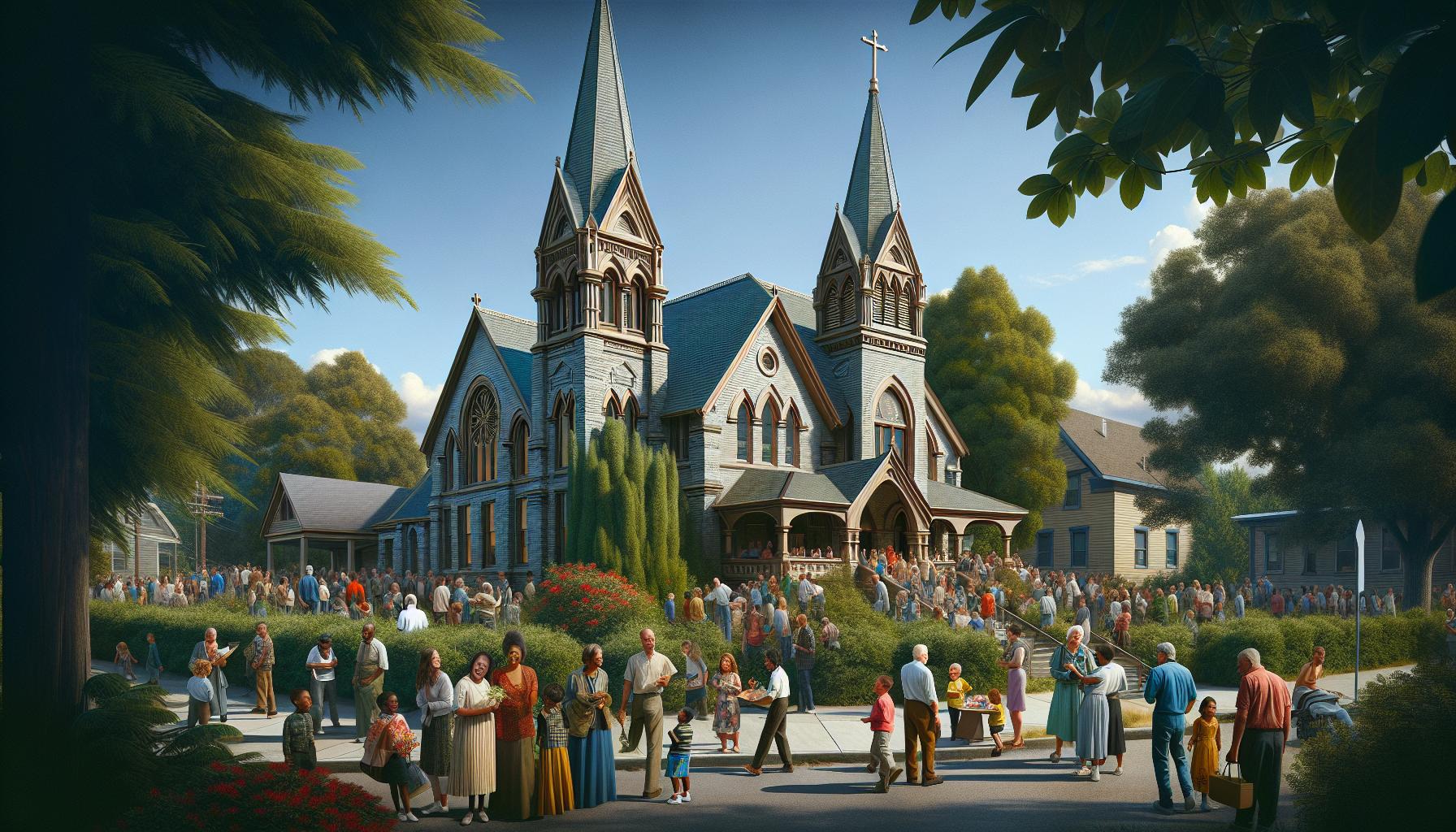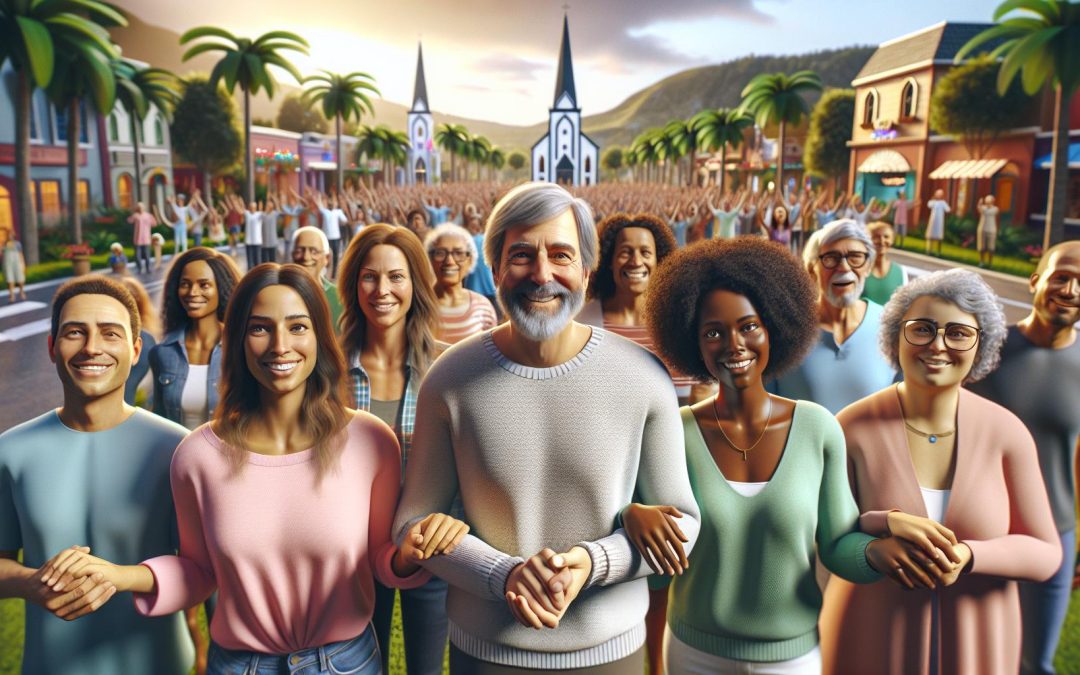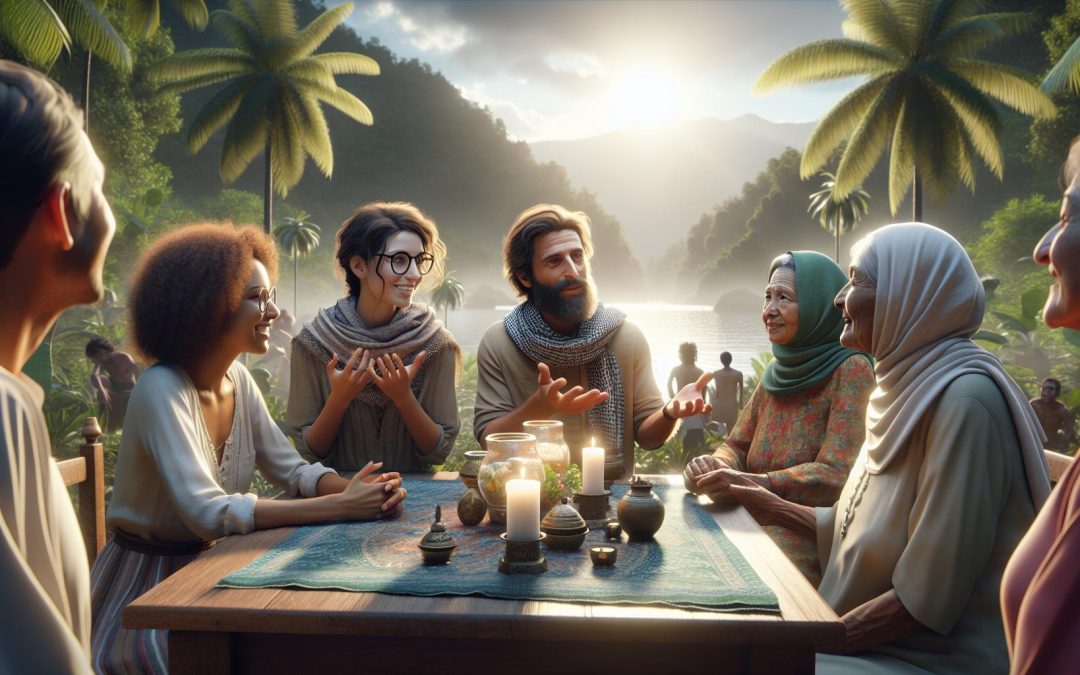Nestled in the heart of the Pacific Northwest, Mercer Island is more than just a picturesque locale; it’s a tapestry woven with stories of faith and community. As someone who’s spent time exploring this charming island, I’ve found its spiritual history both fascinating and heartwarming. From its early days, Mercer Island has been a melting pot of beliefs and traditions, each contributing to the rich mosaic of its religious landscape.
Today, this small island continues to be a beacon of diverse faiths, where longstanding traditions meet contemporary practices. Whether it’s the historic churches that dot the landscape or the vibrant community gatherings, Mercer Island’s spiritual journey offers a unique glimpse into how faith shapes and strengthens communities. Join me as we delve into the island’s past and present, uncovering the stories and traditions that have stood the test of time.
Overview of Mercer Island’s Religious Landscape
Mercer Island’s religious landscape features a blend of historic and contemporary influences. This Pacific Northwest haven supports a vibrant array of faiths, including prominent Christian denominations and non-Christian religions. Several historic churches, like Emmanuel Episcopal Church and St. Monica Catholic Church, anchor the island’s spiritual community. Constructed in the early 20th century, these churches not only serve as places of worship but also define community identity, hosting events and gatherings.
Mercer Island supports varied faith communities beyond its Christian roots. Jewish residents find solace at Herzl-Ner Tamid Conservative Congregation, celebrating heritage through community events. The island also fosters spiritual diversity by welcoming Buddhist, Hindu, and other traditions, ensuring a multicultural dialogue.
The island’s faith landscape continues evolving, melding tradition and modernity. Contemporary congregations emphasize community engagement through outreach, education, and social services. Faith-based groups collaborate with local organizations, addressing pressing social issues and supporting underprivileged residents.
Religious education is a cornerstone of Mercer Island’s spiritual life. Many faith communities operate educational programs and youth activities. These initiatives encourage interfaith dialogue, promoting inclusivity among younger generations and nurturing shared values of compassion and understanding.
Mercer Island’s commitment to fostering cultural and religious diversity strengthens communal bonds, with scenic landscapes and spiritual gatherings offering residents and visitors a chance for reflection and renewal. Through the island’s ever-evolving faith landscape, a shared sense of belonging continues to thrive.
Early Religious Settlements
Religious activity on Mercer Island began as early settlers brought their faiths with them. These pioneers laid the foundation for future religious communities.
First Places of Worship
Early settlers established worship spaces as they sought spiritual comfort and shared beliefs. In the late 19th century, small gatherings met in homes or local schoolhouses. One early church, Emmanuel Episcopal Church, started as a mission in 1883, eventually becoming a key community pillar. By the early 20th century, more permanent structures appeared, reflecting the growing population’s diverse Christian denominations. These places hosted services, weddings, and community events, serving as hubs for both worship and social connection.
Cultural Impact on Community
Religious communities had a significant impact on Mercer Island’s developing society. Churches contributed to education, providing Sunday schools and supporting early public schooling. Their charitable activities helped shape early social services, caring for the sick and aiding those in need. Perhaps most importantly, they fostered community identity, giving settlers shared goals and a sense of belonging. As diverse faiths and traditions converged, they laid the groundwork for the island’s inclusive community ethos, promoting unity amidst diversity from these early beginnings.
Development Through the Decades
Mercer Island’s religious scene, deeply rooted in its past, has experienced profound changes over the years.
Changes in Religious Demographics
Over the decades, religious demographics on Mercer Island have shifted significantly. Initially dominated by Protestant communities, the island now hosts a more diverse array of faiths. In the mid-20th century, the Catholic and Jewish populations began to rise as more families moved to the area. Today, several Christian denominations coexist with non-Christian faiths, reflecting the island’s multicultural identity. According to recent surveys, Jewish and Buddhist communities have seen notable growth, mirroring broader demographic trends across the Pacific Northwest. Interfaith organizations have emerged, enabling cooperation among different groups through shared events and initiatives. For example, annual interfaith panels and community service projects bridge gaps, fostering understanding and unity.
Influence of Immigration on Faith Practices
Immigration has dramatically influenced Mercer Island’s faith practices. The arrival of Asian and Eastern European immigrants brought new traditions and belief systems. In the late 1900s, the Buddhist and Hindu presence expanded through personal and family networks. These groups introduced cultural festivals and spiritual practices, enriching community life. Buddhist meditation centers and Hindu temples, such as those regularly hosting open days and workshops, have become integral parts of the religious mosaic. Immigrant communities established cultural organizations that host events for the broader public, promoting cross-cultural appreciation and education. By participating in and organizing these events, residents gain insights into diverse religious practices, enhancing the inclusive atmosphere on the island.
Modern Religious Practices
Mercer Island today embraces a rich tapestry of modern religious practices. These dynamic activities capture the spirit of the island’s commitment to fostering diverse spiritual expressions.
Contemporary Places of Worship
New religious spaces have arisen, complementing historic structures. I see congregations like Holy Trinity Lutheran Church innovating by incorporating digital technologies to engage their members. Mercer Island Presbyterian Church’s new branches host vibrant youth programs and community services. Elsewhere, Buddhist meditation centers offer serene environments for reflection, while temples for Hindu worship celebrate colorful festivals and cultural events. These institutions continue to honor traditions while adapting to the needs of contemporary worship. Their architectural designs often blend modern aesthetics with a nod to traditional elements, drawing community members from diverse backgrounds. The island truly respects and nurtures a multifaceted spiritual life.
Community Events and Interfaith Dialogues
Throughout the year, Mercer Island hosts numerous events promoting religious and cultural understanding. I participate in interfaith panels that encourage constructive dialogues across different beliefs. Community service projects bring together individuals from various traditions, showcasing the collaborative spirit alive on the island. For example, annual food drives, jointly organized by churches, synagogues, and temples, support local food banks and foster unity. Educational workshops and seminars deepen residents’ appreciation of religious diversity. These activities nurture a collective identity, allowing the community to thrive on shared values and a common purpose. I find these engagements vital for strengthening the social fabric and creating lasting connections.
Notable Religious Figures and Events
Religious leaders and significant events have made a profound impact on Mercer Island’s spiritual community. These figures and happenings have collectively enriched the island’s faith tapestry.
Religious Leaders Who Shaped the Island
Several religious leaders have been instrumental in shaping Mercer Island’s spiritual landscape. Reverend Edwin Hughes, a pivotal figure in the Methodist community, established a strong foundation with his leadership at Mercer Island United Methodist Church in the early 1900s. Reverend Hughes fostered community spirit through outreach and social initiatives, leaving an enduring legacy.
Rabbi Arthur Jacobovitz is another significant leader known for his work at Herzl-Ner Tamid Conservative Congregation. His leadership in the mid-20th century helped build a vibrant Jewish community. Rabbi Jacobovitz emphasized inclusivity and cultural understanding, encouraging interfaith dialogue and community involvement.
In more recent times, Pastor Emily Holmes of Holy Trinity Lutheran Church has embraced modern technology to engage the congregation and wider community. Her innovative approach ensures the church remains relevant in today’s digital age, drawing people together through virtual worship and social media platforms.
These leaders, among others, have played crucial roles in nurturing spiritual growth across different faiths, solidifying Mercer Island’s place as a diverse and dynamic religious community.
Conclusion
Exploring Mercer Island’s religious past and present has been a journey through time and faith. The island’s spiritual diversity and rich history have created a unique tapestry that continues to thrive and evolve. It’s heartening to see how different faith communities contribute to the island’s vibrant cultural landscape.
The commitment to fostering understanding and unity among diverse beliefs is truly inspiring. As new traditions and practices emerge, they enrich the community’s shared values and purpose. I’m excited to see how Mercer Island’s faith landscape will continue to grow and adapt in the years to come, nurturing a spirit of inclusivity and dialogue.




0 Comments